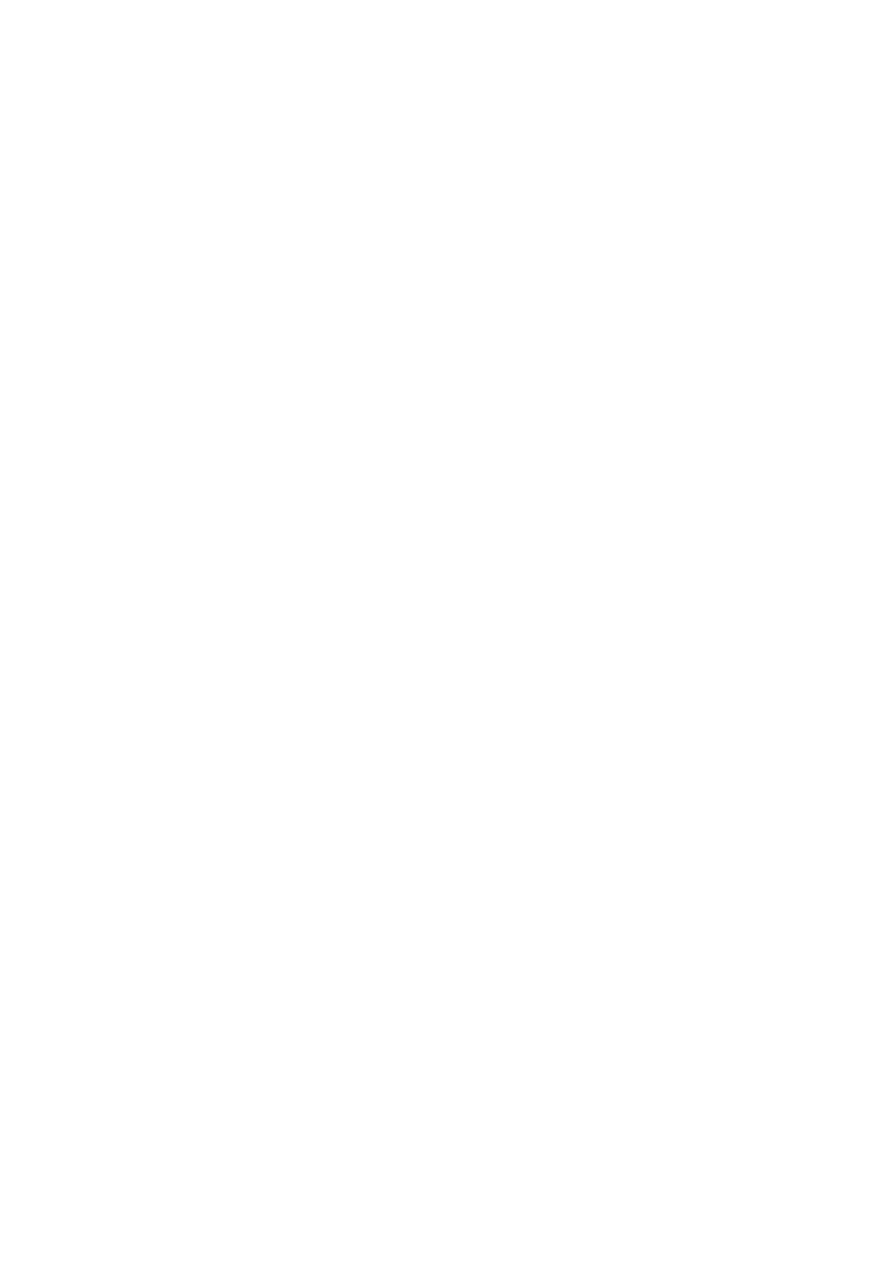
Neck Examination
1
Ali Abdulazeem
Neck Examination
Ali Abdulazeem
2015/2016
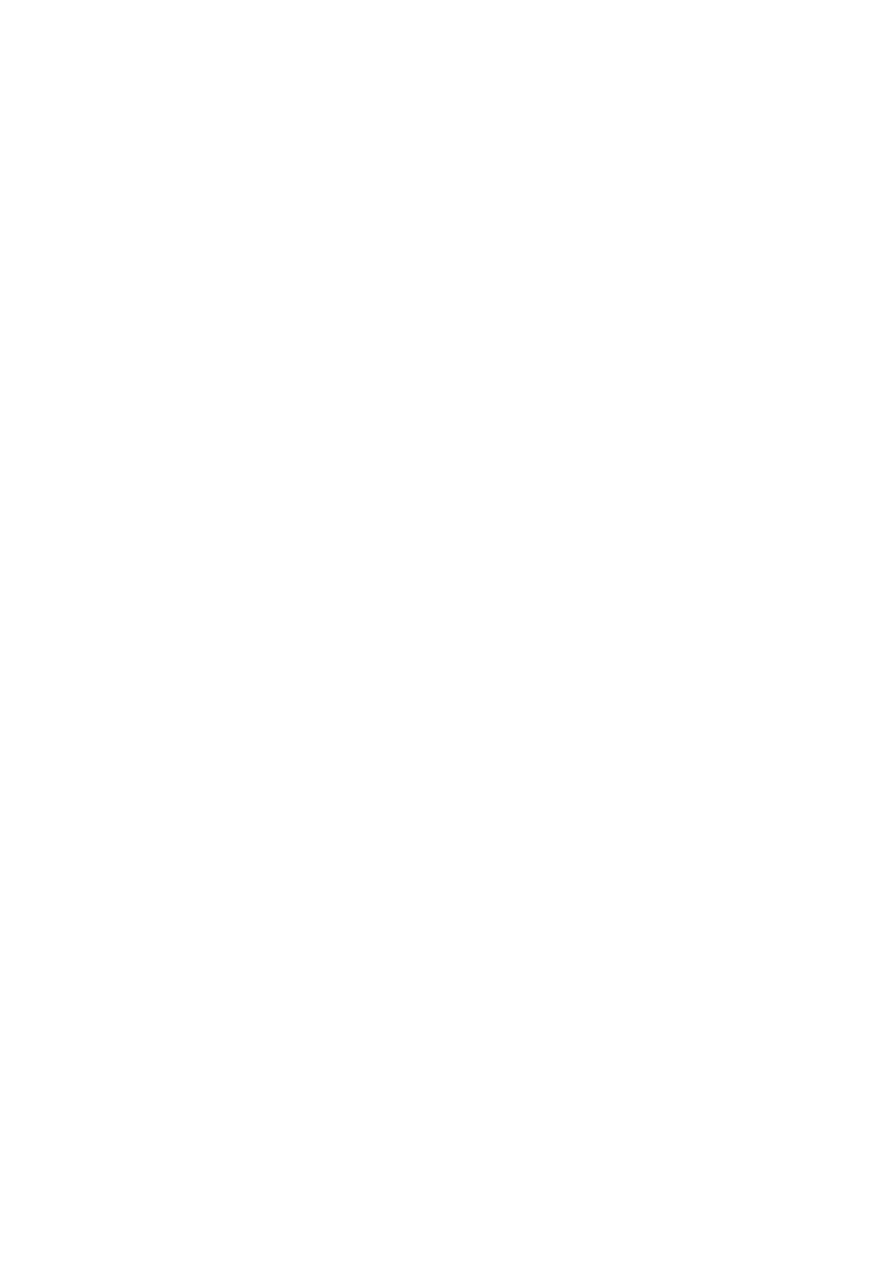
Neck Examination
2
Ali Abdulazeem
Lump examination:
SET CFR DPB
S: Site, Size, Shape and Surface
E: Edge
D: Tenderness, Temperature and Translucency
C: Colouring, Consistency Compressibility and Contracting of related muscles.
F: Fixation, Fluctuation and Fluid thrill
R: Reducibility, Resonance, Relation to surrounding
D: Depth
P: Pulsation
B: Bruit
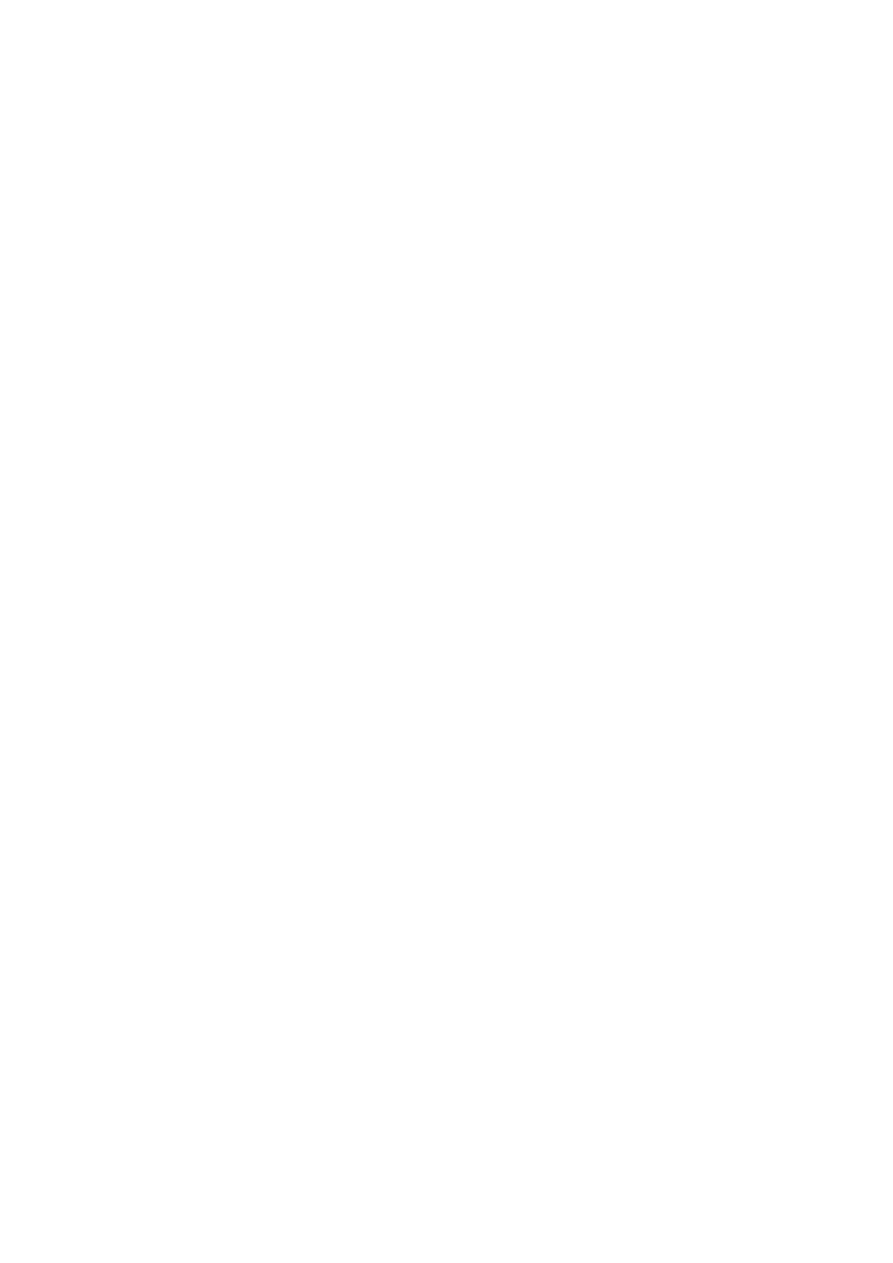
Neck Examination
3
Ali Abdulazeem
Examination of the neck:
first:
we should ask for general symptoms and symptoms of the head and the neck:
General symptoms:
general malaise, fever, rigor, contact with infected people, lost of
appetite, loss of weight, pulmonary, alimentary or skeletal symptoms which are
indicators of the neoplasms, irritation of the skin with cervical lymph gland
enlargement is seen with lymphoma
Head and neck symptoms:
pain in the mouth, sore throat, ulceration, nasal discharge,
pain or blockage of airway, pain in the throat, dysphagia, change with the voice,
difficulty in breathing and lumps.
Thyroid Symptoms:
discomfort during swallowing, dyspnea, hoarseness, Symptoms of
hypo- or hyperthyroidism.
Nick triangles:
anterior triangle:
bounded by anterior border of the stereomastoid muscle the lower
edge of jaw and midline
Posterior triangle:
bonded by posterior border of stereomastoid muscle the anterior
edge of the trapezius muscle and clavicle
Contracting sternomastoid muscle:
put your hand under the patient’s chin and asking
him to nod their head against the resistance of your hand. This tightens both
sternomastoids.
Contractin trapezius muscle:
Ask the patient to shrug (elevate) their shoulders against
resistance.
Second: The manoeuvre
Inspection
:
1) sit in front of the patient.
2) Is there any skin changes (discolouration, dilated veins), masses or scars.
3) If the lump is central or near the center ask the patient to swallow, the movement of
the lump with swallowing indicates close relation with the trachea (like thyroid), If the
lump is near hyoid bone ask the patient to protrude his tongue (thyroglossal cyst goes
up with protruded tongue).
Palpation:
1.
Always feel lumps in the neck with muscles relaxed and then with them
contracted lumps deep to the muscle became impalpable after contraction
2.
Lump examination:
SET CFR DPB
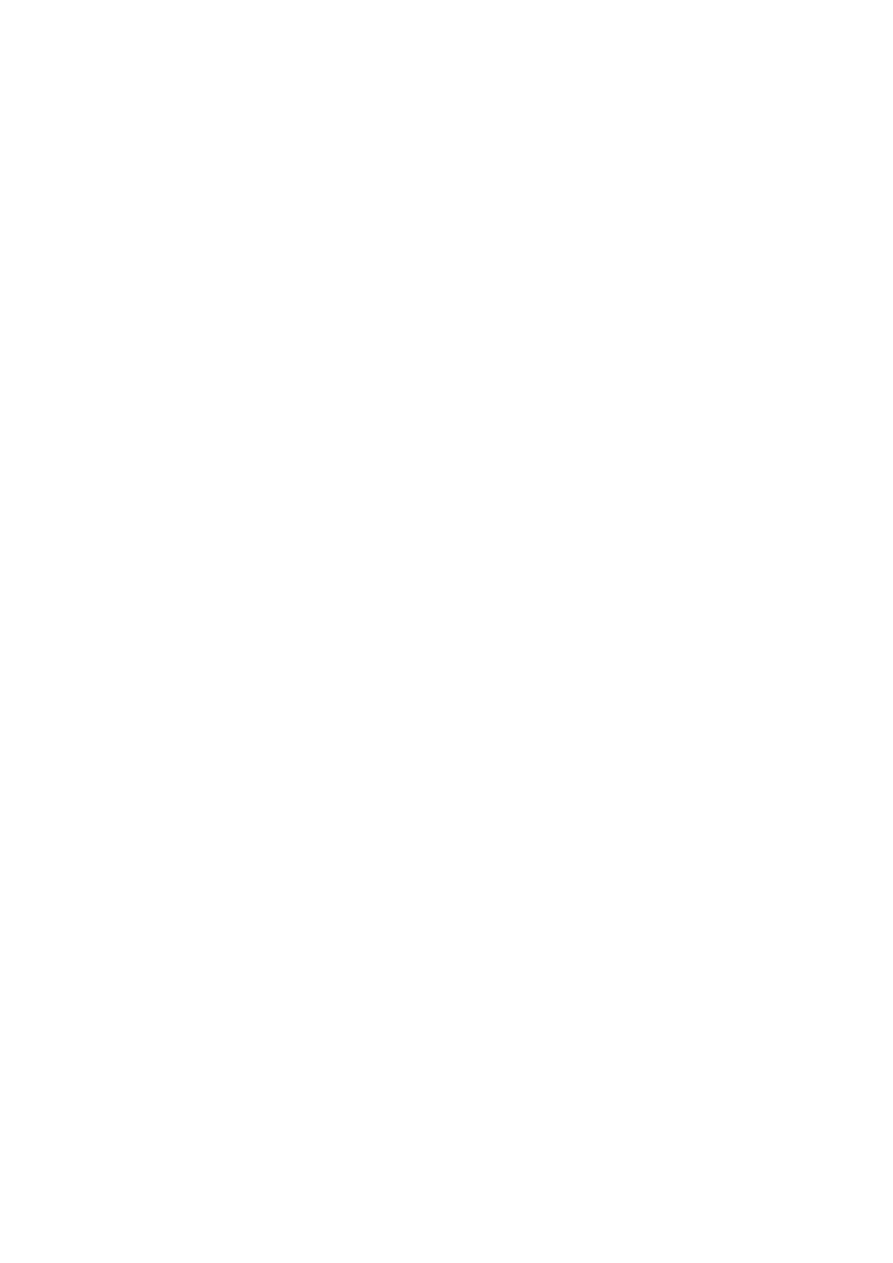
Neck Examination
4
Ali Abdulazeem
3.
To examine thyroid:
Stand behind the patient put both of your thumbs on the patient occipital bone
and tips of your fingers on the thyroid.
Tilt patient head to the right to the contract right sternomastoid muscle then tilt
the patient had to the left to examine the left sternomastoid muscle.
If the lump is on the thyroid put your fingers upon it and ask the patient to
swallow.
Palpate the edges, the lobes and the isthmus, and examine the lump.
Check for carotid pulsation over the gland.
Put your index and middle finger around the trachea below thyroid isthmus to
check for tracheal deviation.
Hand examination in relation with thyriod disorders:
Hyperthyrodism:
Examine the hands for sweating, tremor or tachycardia.
Hypothyrodism:
Dry, coarse skin, Cool extremities, Myxedema
(mucopolysaccharide deposits in the skin) Hair loss and Slow pulse rate.
Eye examination in relation with thyriod disorders:
Symptoms:
staring, protruding, difficulty in closing eyelids, exophthalmos,
double vision, ophthalmoplegia (swelling of conjunctiva) chemosis.
Signs:
Lid retraction:
upper eyelid is higher than normal, Lower eyelid is normal.
Lid lag:
upper lip does not keep pace with eyeball Fellows of finger moving
from above downward.
Exophthalmos:
eyeball pushed forward.
Von Graefe's sign:
is the lagging of the upper eyelid on downward rotation of
the eye.
Joffroy's sign:
The patient looks up without wrinkling forehead.
Möbius sign:
The patient has difficulty in converging.
Stellwag's sign:
is a sign of infrequent or incomplete blinking.
4.
If there was a thyroglossal cyst put your finger upon it, ask the patient to protrude
his tongue, the examine the lump.
5.
Lymph Node examination:
Inspection
: look for any swelling.
Palpation:
Paplate
▪
Horizental group:
Submental, submandibular, preauricular, postauricular and
occipital.
▪
Vertical group:
vertical cervical and supraclavicular lymph nodes.
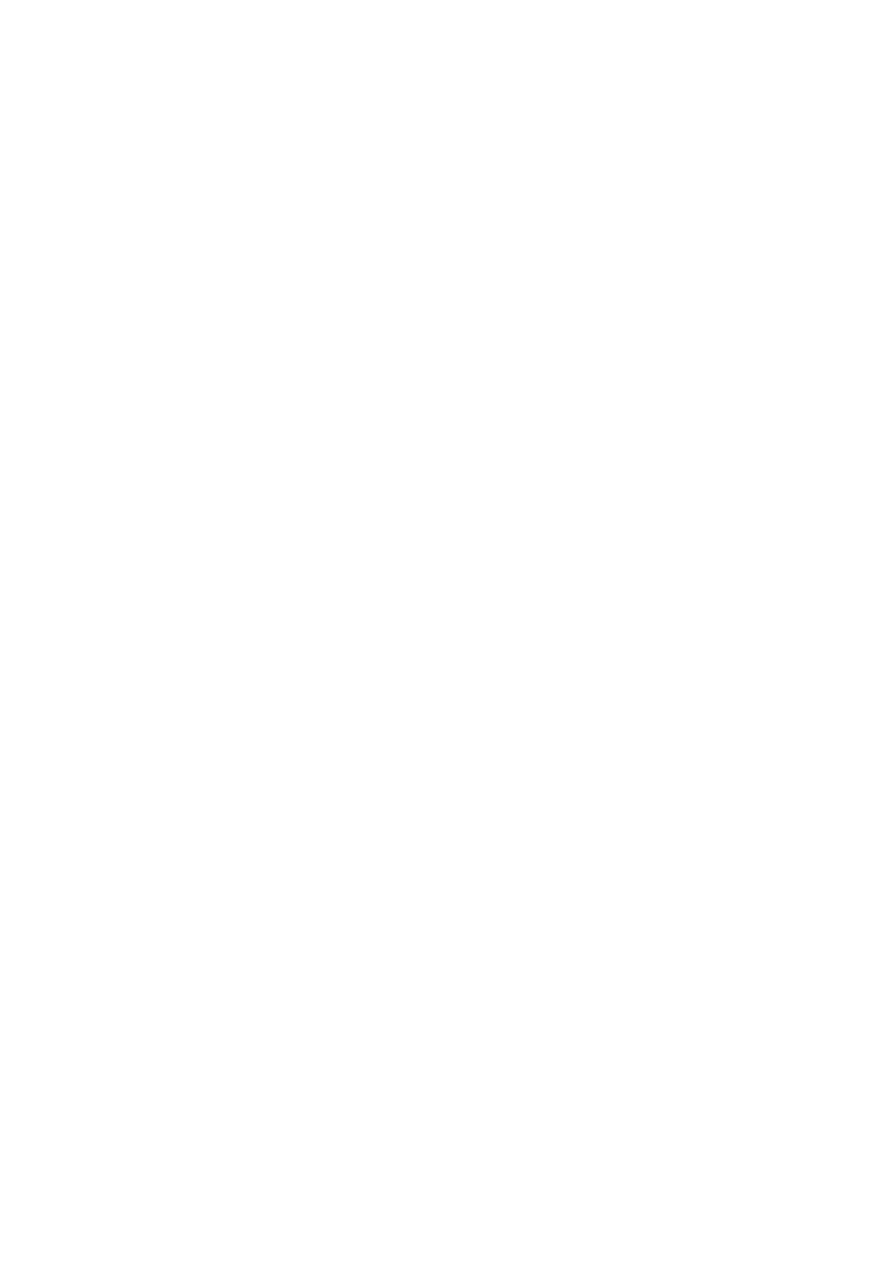
Neck Examination
5
Ali Abdulazeem
Percussion:
Percuss retrosternal extension of thyroid mass above sternum
Auscultation:
Auscultate for thyroid bruit.
A scheme for the diagnosis of swellings in the neck (deep to the deep fascia):
After your examination you should be able to answer four critical questions:
1.
Is there one or more than one lump?
2.
Where is the lump?
3.
Is it solid or cystic?
4.
Does it move with swallowing?
Multiple lumps are invariably lymph glands>
A single lump In the anterior triangle that does not move with swallowing:
Solid:
a lymph gland
carotid body tumour
Cystic:
cold abscess
branchial cyst
In the posterior triangle that does not move with swallowing:
Solid:
a lymph gland
Cystic:
cystic hygroma
pharyngeal pouch
occasionally a secondary deposit of a papillary thyroid
carcinoma
Pulsatile:
subclavian aneurysm
In the anterior triangle that moves with swallowing
Solid:
thyroid gland
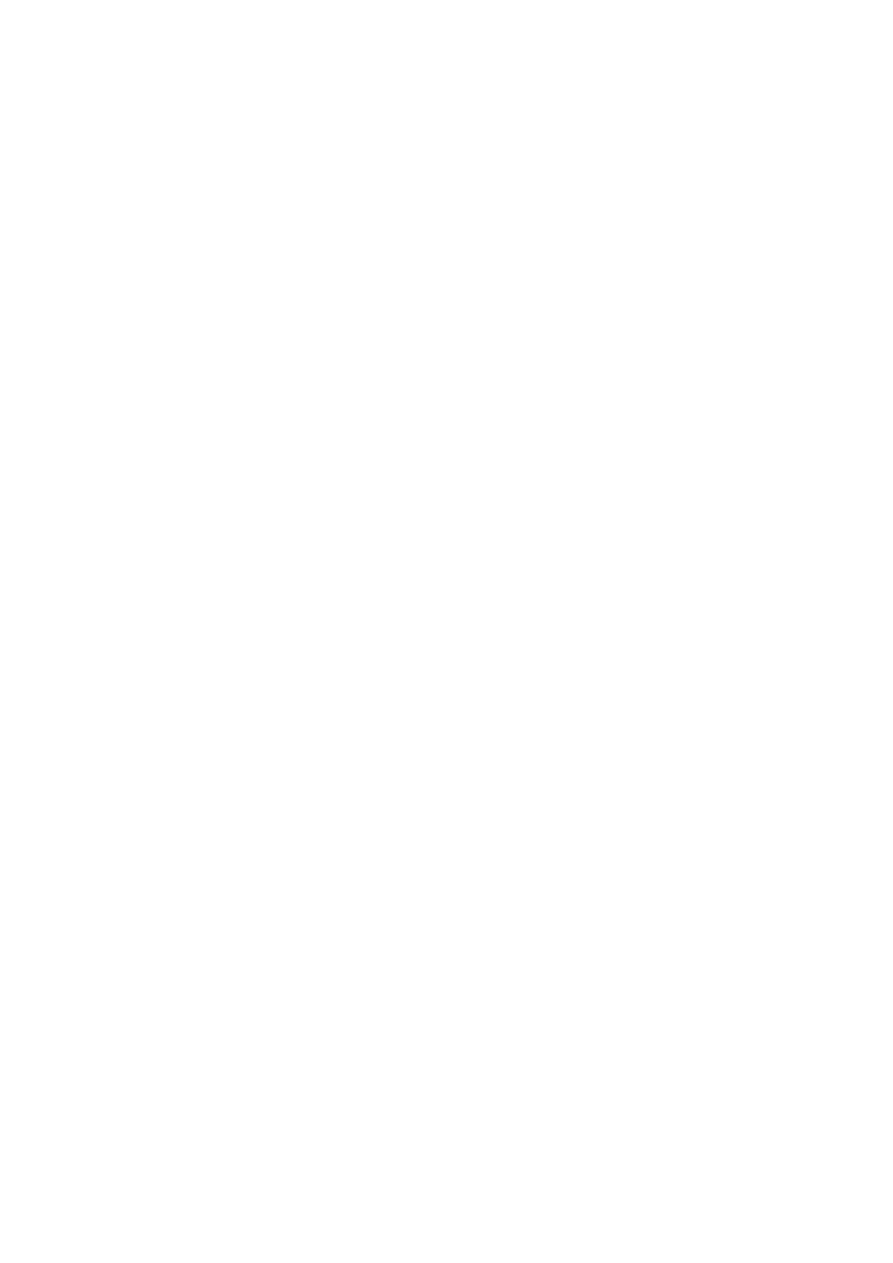
Neck Examination
6
Ali Abdulazeem
thyroid isthmus lymph gland
Cystic:
thyroglossal cyst
Plan for the examination of a patient with a goitre:
▪
Look at the whole patient for agitation, nervousness or lethargy.
▪
Examine the hands for sweating, tremor, tachycardia.
▪
Examine the eyes for exophthalmos, lid lag, ophthalmoplegia, chemosis.
▪
Examine the neck: always check that the lump moves with swallowing.
▪
Palpate the cervical lymph glands.
